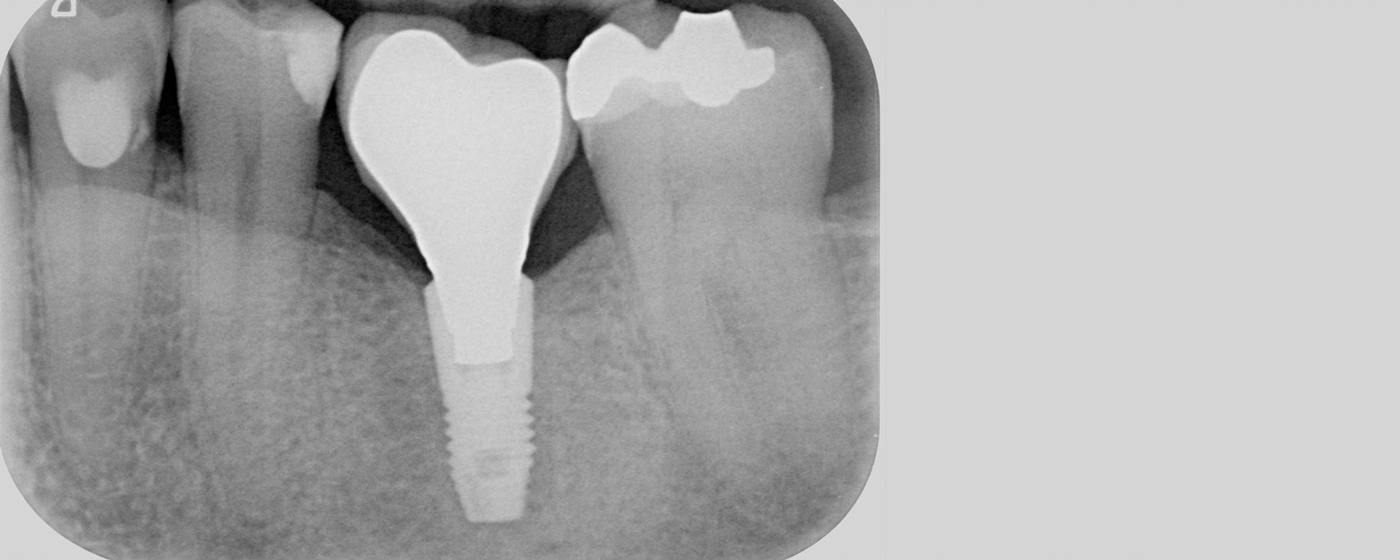
What is the process for inserting an implant?
Implant treatment is carried out under local anaesthetic, without admission to hospital:
- Before the procedure, you will be given an analgesic (paracetamol).
- You will rinse out your mouth using a Chlorhexidine-based mouthwash to reduce the quantity of bacteria in your mouth by 90%.
- A local anaesthetic is applied to the location where the implants are to be inserted. Apart from the slight pricking sensation caused by inserting the needle for the anaesthetic, you shouldn’t feel anything.
- The skin around the oral cavity is disinfected. In order for the procedure to be carried out under optimum conditions, we place a sterile drape over you, except for your face.
- Once all of the preparations have been completed, the procedure itself lasts for between 10 minutes and an hour, depending on the number of implants.
- After the treatment, you may experience pain. If there is any discomfort, an analgesic will help (ibuprofen or paracetamol). us There may be some local swelling, but this will disappear of its own accord after a few days. In rare cases, the jaw, cheek or lip may take on a bluish colouration.
After one or more implants have been inserted, we recommend a healing period of 2 to 3 months before the dentist is able to begin the final prosthetic repair. The bone must be given the opportunity to bond with the implants (integrate).
In more unusual cases, we allow the implants to integrate with the bone for up to 6 months. In 1% of the implants inserted, we see that there is no or too little bonding with the bone. If that happens, we then remove the implant and examine the jaw to see whether a new implant can be inserted.
Once the implant has been inserted, a temporary crown or bridge can be put in place. This will be a slightly different shape to the final restoration. It is vital not to overload the implant during the healing period so that it can bond well with the bone. Your dentist will then place the final teeth after 3 to 6 months.
We fit the implant(s) with a (healing) abutment to which your dentist can attach the teeth. We usually do this at the same time as the procedure to insert the implants. Your prosthesis may be adapted to this structure.
If the bone is not very sturdy it will be better not to apply a structure to the implants. In that case, we allow the implants to heal covered by the germs. After a healing period of 3 to 6 months, the abutment is placed on the implants during a second surgical procedure.
Some people have soft bone, while in others the bone is much stronger. But soft bone will not prevent the implant from integrating with the bone or stop the implants from remaining in place for the long term.
